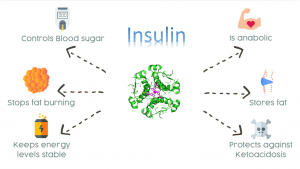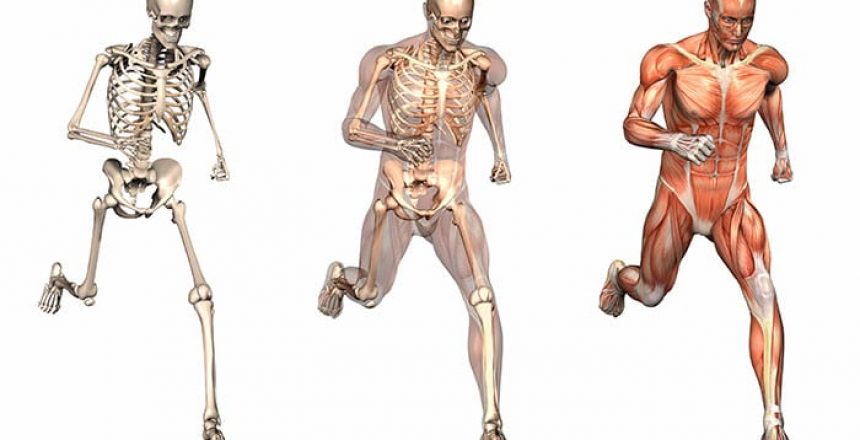Insulin sensitivity is critical in human health; one of the primary factors that contribute to ideal levels of Insulin sensitivity is appropriate levels of movement.
We’ve commonly heard the word ‘Insulin’ a lot in common conversation – we know it as the ‘diabetes’ hormone, yet it has many more roles than reducing blood sugar levels.
In fact, insulin is a VITAL hormone for maintaining your best health
(the optimum function of all of your cells!).

Insulin does many things, but one of its main jobs is to store excess nutrients (and other micronutrients) when you have just absorbed lots of them after a meal, to make sure you have them on hand for later use.
To be healthy, you need all of your cells (and particularly your liver and muscle cells) to be ultra-sensitive to the ‘shout out’ that insulin gives – if they stop listening your health will steadily but continually get worse over time.
Elsewhere we have discussed some of the factors that lead to insulin ‘resistance’ – particularly in the liver and muscle cells.
In this article though, we want to highlight the importance of exercise (sufficient movement levels) as an essential factor for the healthy (homeostatic) use of insulin-signals by the cells of our body.
One of the main contributors to the cells becoming ‘deaf’ to insulin (and perhaps even the thing that kicks it all off) is the amount of skeletal muscle in your body, and how often and/or the rate (extent) to which it is being used.
Of course it makes perfect sense, that exercise is highly important in determining how much skeletal muscle is developed in the body, and also the ways in which energy is used within the muscle cells themselves.
What this means is that if you have ENOUGH movement in your life to be sufficient, you have healthy, optimum-functioning muscle cells and this in turn leads to cells all over the body being highly responsive to insulin and the ‘commands’ it is giving to modify overall body function.
Without enough exercise we get reduction in the amount muscle and changes to how it uses energy, and this means a much higher likelihood of the cells becoming ‘deaf’ to insulin.













